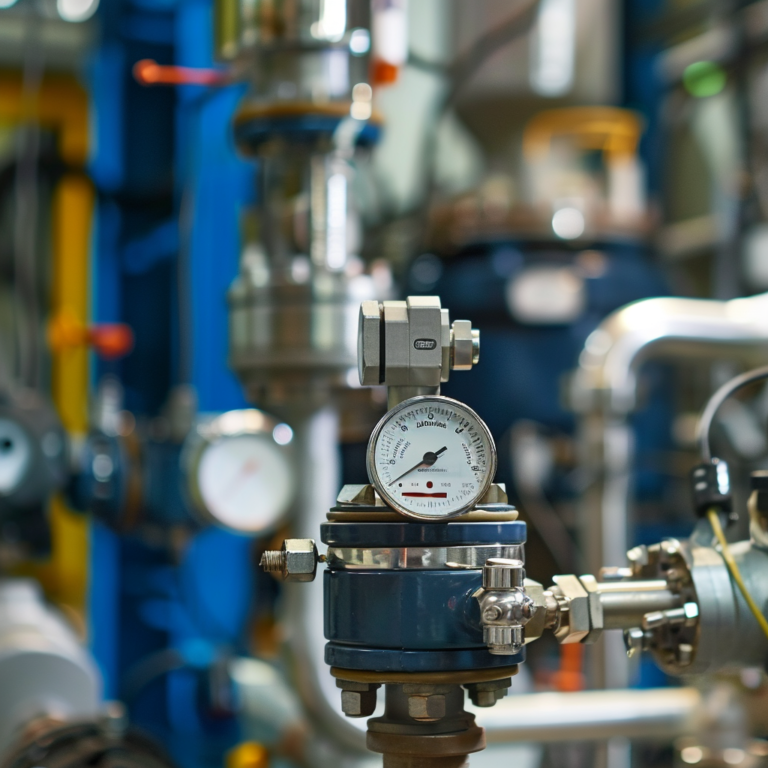Transmitter TEST terminals play a crucial role in the calibration, maintenance, and troubleshooting of various industrial and laboratory equipment. These terminals are often overlooked but are essential for ensuring accurate and reliable performance. Understanding their function and the different ways they can be utilized is key for effective use and system optimization.
1. Purpose of the TEST Terminal The primary function of a TEST terminal in a transmitter is to provide a dedicated point for signal measurement without disrupting the normal operation of the connected system. This makes it an invaluable tool for professionals who need to assess the current state of the transmitter and ensure that it operates within the expected parameters. By using the TEST terminal, technicians can access the output signal directly, verify its accuracy, and make necessary adjustments.

2. Measuring Output Signals One of the most common uses of the TEST terminal is for measuring the output signal. This terminal offers a convenient way to check the actual signal being transmitted without having to disconnect the transmitter from the process loop or control system. This non-intrusive approach is advantageous as it allows for seamless monitoring, providing real-time insights into the performance of the transmitter.
During maintenance checks, connecting a multimeter or specialized testing device to the TEST terminal can confirm whether the output is accurate and consistent with the expected values. This helps technicians identify deviations early and take corrective actions before they impact the broader system.
3. Non-Disruptive System Testing In many industrial applications, it is critical to avoid disruptions to the system during routine checks or troubleshooting. The TEST terminal facilitates this by allowing measurements to be taken while the transmitter remains connected to the control system. As a result, there is no interruption to the process, ensuring continuous operation and minimizing downtime. This is particularly important in industries where maintaining an uninterrupted workflow is essential for productivity and safety.

4. Calibration and Adjustment TEST terminals are integral to the calibration process of transmitters. During calibration, it is essential to measure the output signal accurately and adjust it as needed. The TEST terminal provides an accessible point for this purpose, allowing technicians to tweak the transmitter settings to achieve the desired output range and precision. Regular calibration helps maintain the overall accuracy and reliability of the equipment, ensuring that the transmitter’s measurements remain within the required specifications.
5. Troubleshooting and Diagnostics When a system experiences issues, it is often necessary to isolate and diagnose the source of the problem. The TEST terminal plays a pivotal role in this process by enabling technicians to measure the output signal directly and determine whether the transmitter is functioning correctly. If the signal from the TEST terminal matches the expected output, then the issue likely lies elsewhere in the system. Conversely, discrepancies in the measured signal can indicate problems within the transmitter itself, such as internal faults or component degradation.

Conclusion Transmitter TEST terminals are indispensable tools for professionals tasked with maintaining and troubleshooting complex systems. They provide a straightforward method for monitoring output signals, conducting non-intrusive measurements, and performing essential calibration. By utilizing the TEST terminal effectively, technicians can enhance system reliability, reduce downtime, and ensure accurate signal transmission. This not only supports optimal performance but also contributes to the overall safety and efficiency of industrial processes.
